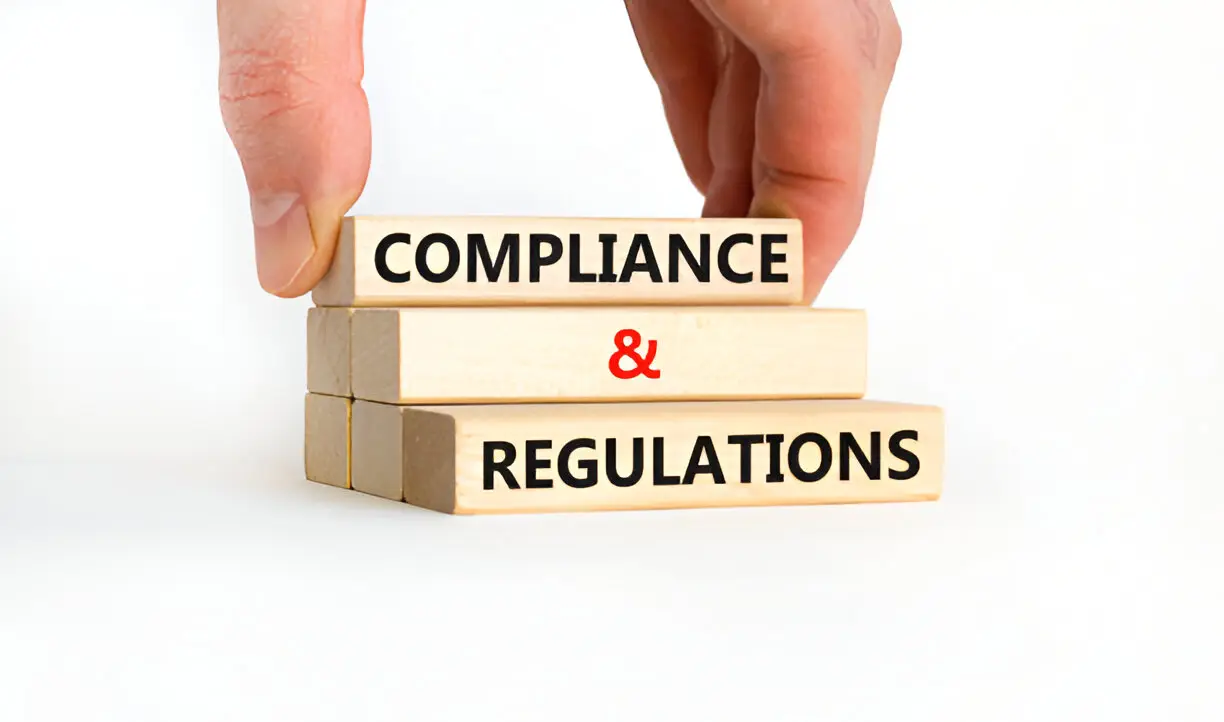As regulatory change accelerates, compliance teams at financial firms—particularly mid sized and growing institutions—face an uphill battle. With increasing demands from global regulators, tight deadlines, and rising operational risks, many compliance professionals operate in constant triage mode. But what happens when the demands outstrip capacity?
The Expanding Compliance Mandate
Ten years ago, compliance meant monitoring trades, filing periodic disclosures, and maintaining regulatory documents. Today, the role has expanded dramatically. Modern compliance teams must stay ahead of ESG disclosures, cybersecurity risk assessments, data privacy obligations, anti-money laundering rules, and more. Each regulation requires time, oversight, reporting infrastructure, and specialized knowledge.
The growing need for real-time surveillance and automated workflows adds to the challenge. Manual processes can’t meet regulators’ speed or accuracy requirements in a data-driven world. Yet many compliance teams still rely on spreadsheets, legacy systems, or under-resourced personnel to manage expanding workloads.
Burnout in the Compliance Office
With increasing complexity comes an equally growing risk of burnout. Surveys of compliance professionals show rising stress levels, staff turnover, and dissatisfaction with work-life balance. The constant pressure to “do more with less” is unsustainable and a risk to the firm’s integrity and regulatory standing.
When compliance professionals are overstretched, mistakes become more likely. Deadlines can be missed. Data can be entered incorrectly. Reviews may lack
thoroughness. Each lapse opens the door to regulatory scrutiny, fines, and reputational harm.
The Cost of Falling Behind
For firms operating in jurisdictions with evolving regulations—such as the U.S. SEC’s climate disclosure proposals or the EU’s Markets in Crypto-Assets (MiCA) framework— falling behind is not an option. Regulators are no longer satisfied with reactive reporting. They expect firms to demonstrate a proactive, dynamic governance and compliance risk approach.
Moreover, firms expanding into new markets or launching new investment products often encounter jurisdictional differences that compound the challenge. Internal teams may lack expertise in specific areas like cross-border data transfers, sanctions screening, or ESG audit frameworks.
Strategic Resourcing as a Competitive Advantage
Rather than scrambling to recruit new talent for each emerging need, more firms are adopting flexible strategies that blend in-house oversight with external expertise. This allows compliance officers to focus on higher-value tasks such as risk analysis and strategic planning while delegating time-consuming or niche functions to specialists. This resourcing model mirrors trends in IT and HR, where firms routinely outsource key tasks without sacrificing governance. With the right provider, tasks are completed with greater accuracy, reduced turnaround time, and less internal strain. The growth in outsourced compliance tasks is not about replacing in-house teams. It’s about empowering them to operate at their best.
What to Delegate—and What to Keep In-House
Innovative firms are selective about what they outsource. Routine tasks that require specialized tools or are highly process-driven—such as marketing material reviews, regulatory filings, trade monitoring, and surveillance testing—are ideal for outsourcing. In contrast, strategic decisions, firm-specific policy setting, and executive communication typically remain in-house. This balanced model ensures control and compliance integrity while reducing operational drag.
The goal isn’t to offload responsibility. It’s to support internal teams with scalable infrastructure to meet rising demands without compromising quality.
The Future Is Hybrid Compliance
The need for flexible operating models will grow as the compliance function becomes more complex and integral to firm strategy. Hybrid compliance models—where internal and external teams work seamlessly together—will become the standard, not the exception.
Technology will play a key role in this shift. Shared dashboards, workflow automation, and AI-powered surveillance tools will bridge the gap between internal oversight and outsourced execution—the result: a more resilient, responsive compliance function built for the demands of modern finance.
Final Thoughts
In-house compliance professionals are the stewards of integrity in the financial industry— but they can’t do it all alone. As regulations multiply and risks evolve, forward-thinking firms are reimagining how compliance work gets done. By strategically offloading operational pressure, firms position themselves to keep pace and lead with confidence and clarity.
Also Read-Data Science Innovations Transforming the Fintech Landscape








